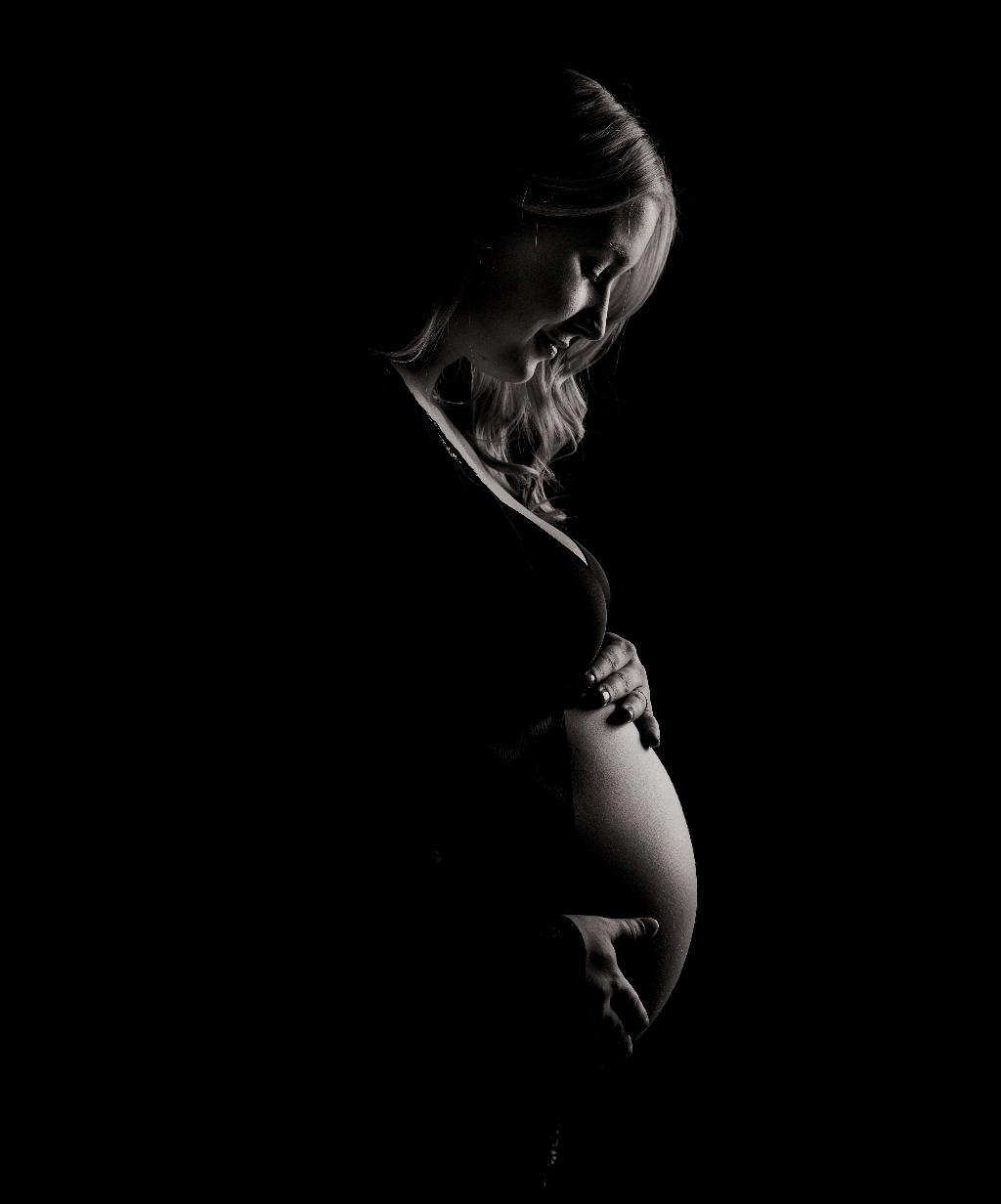When it comes to the question of where pregnancy begins in the female body, it all starts with a remarkable process known as fertilization. This miraculous event occurs when a woman’s egg, also known as an ovum, is successfully fertilized by a man’s sperm.
The journey of fertilization usually takes place in the fallopian tubes, which are slender structures that connect the ovaries to the uterus. These tiny tubes serve as the initial path for the fertilized egg to travel from the ovary to the uterus, where it will eventually implant and begin its development.
Once fertilization has taken place, and the egg has been successfully fertilized by the sperm, the newly formed zygote begins its journey down the fallopian tube towards the uterus. This incredible journey marks the beginning of a new life as the zygote continues to divide and grow into an embryo.
As the embryo travels through the fallopian tube, it undergoes a series of transformations and developments that are crucial for its survival and growth. The ultimate destination for the embryo is the uterus, where it will implant itself in the uterine lining and establish a connection to the mother’s blood supply.
Implantation of the embryo in the uterus is a critical step in the process of pregnancy as it marks the beginning of the gestational period. The uterus provides a safe and nurturing environment for the growing embryo, allowing it to receive essential nutrients and support for its development.
Once the embryo has successfully implanted in the uterine lining, it continues to grow and develop into a fetus over the course of the pregnancy. This miraculous transformation from a tiny zygote to a fully formed baby takes place within the protective confines of the mother’s womb.
Throughout the pregnancy, the uterus plays a vital role in supporting the developing fetus and providing it with the necessary environment for growth and development. The placenta, which forms within the uterus, acts as a lifeline between the mother and the baby, ensuring essential nutrients and oxygen are delivered to the fetus.
As the pregnancy progresses, the uterus expands in size to accommodate the growing fetus, stretching to provide ample space for the developing baby. This remarkable ability of the uterus to adapt and change throughout pregnancy is essential for the healthy development of the fetus.
It is truly fascinating to consider the intricate processes that take place within the female body during pregnancy, from the moment of fertilization in the fallopian tube to the growth and development of the fetus in the uterus. The female reproductive system is an extraordinary marvel of nature that enables the creation of new life.
In conclusion, the journey of pregnancy begins in the female body with the process of fertilization, which typically occurs in the fallopian tube. From there, the fertilized egg travels to the uterus, where it implants and begins its remarkable transformation into a growing embryo and eventually a fully formed baby. The female body undergoes incredible changes and adaptations throughout pregnancy to support the healthy development of the fetus, showcasing the awe-inspiring miracle of life.

